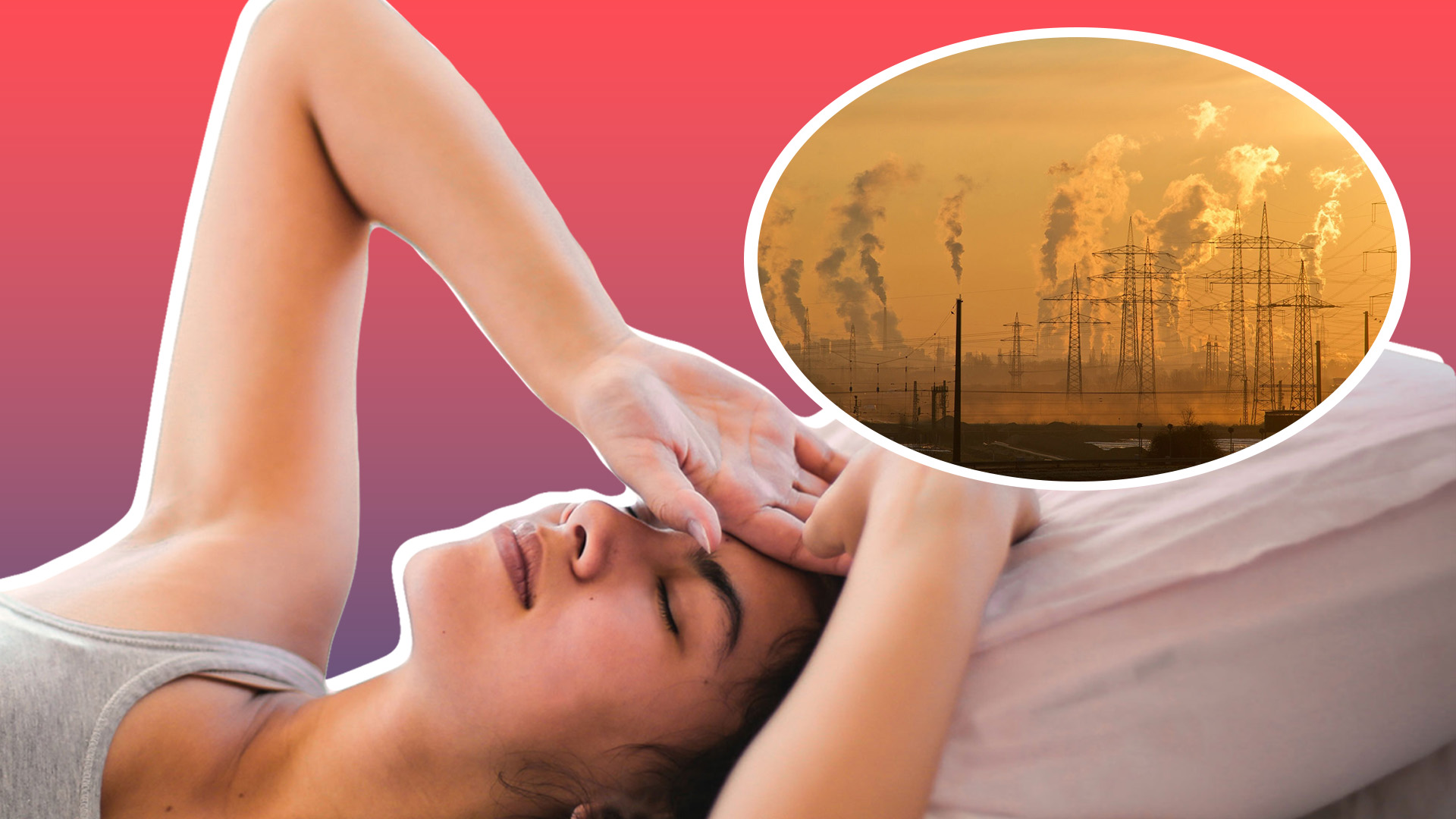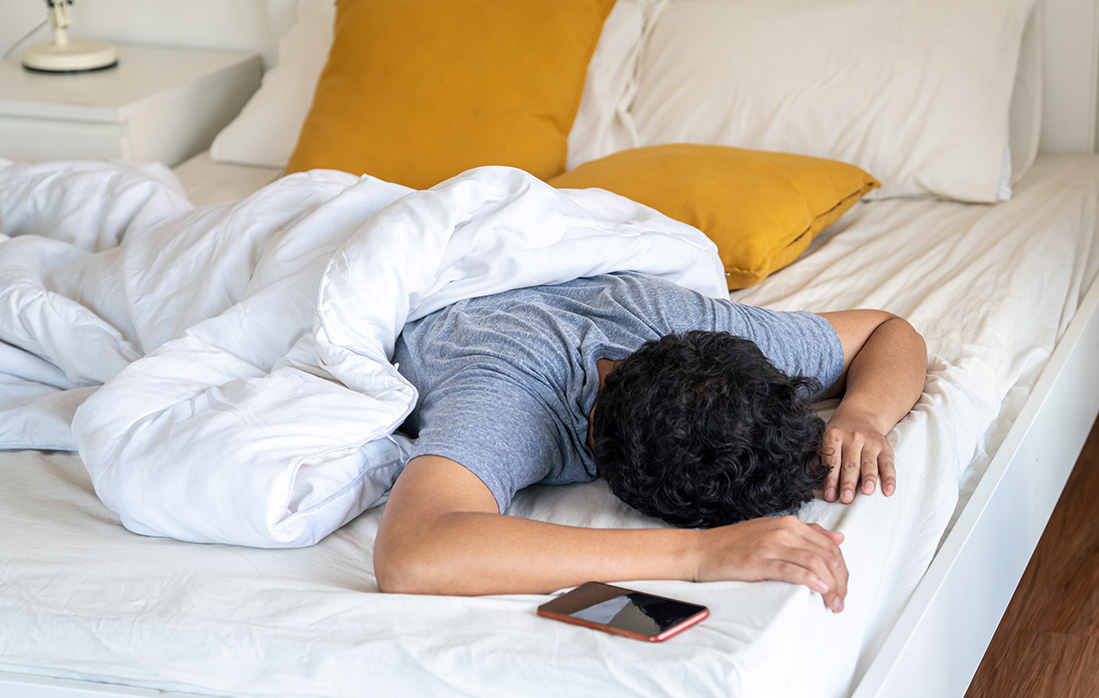
A recent study by a Thailand-based rehab center analyzed search volume data for various phrases, terms, and queries related to work burnout over the last 12 months (1). The objective was to determine which states had the highest rates of work burnout, adjusted for population size (per 100,000 people). The Google data analysis revealed that Massachusetts had the highest work burnout rates, at 690, followed by Oregon at 647 and New York at 645. Of the terms examined, “depersonalization” was the most frequently searched term related to burnout across all states, followed by “burnout symptoms.”
New Yorkers made searches related to burnout and exhaustion terms almost 25 percent more than the national average of 487 per 100,000 people. In alignment with the other states, “depersonalization” was the most frequently searched term related to work burnout in New York, with an average of 74,300 monthly searches. This was followed by “burnout symptoms” (22,500) and “stress management” (13,980).
Although New York ranked third for overall average search volume, the state is the least surprising to land so high on the list. Known as the city that never sleeps, a constant buzz and focus on hustle culture is the norm, particularly in the city.
“While not isolated to individuals living in New York, increased expectations from employers, hustle culture, and shift work likely all contribute to increased burnout and exhaustion among people living in New York,” explains Dr. Kyle Elliot, Doctor of Education in Educational Practice & Leadership, award-winning tech career coach and mental health advocate located in Santa Barbara, California (2). Additionally, he says, New York has an incredibly high cost of living, which adds additional stress to those living there.
New Yorkers’ Search Terms Indicate Deep-Rooted Exhaustion
Dr. Sultan notes that the high volume of searches related to burnout in New York highlights that this issue affects a significant portion of the population and is not limited to isolated cases. Plus, the terms most searched for reveal the seriousness of burnout in the lives of its citizens.
Depersonalization is the most searched-for burnout-related term in New York, according to the study. According to Elliot, definitions vary and are evolving when it comes to depersonalization. “Depersonalization often refers to the feeling of seeing or experiencing yourself from above or outside your body, says Elliot — some people who experience depersonalization sense that they are not real.
Dr. Ryan Sultan, MD, a New York-based researcher and teaching psychiatrist at Columbia University with experience in researching and treating sleep disorders, says that “depersonalization” is the most searched burnout-related term in New York, highlighting the specific dimensions of this problem (3). “Depersonalization is a symptom associated with emotional exhaustion, where individuals may feel detached from their work and colleagues, a clear sign of work-related burnout,” he explains.
According to the journal Innovations in Clinical Neuroscience, brief and mild episodes of depersonalization, lasting from hours to days, are typically not abnormal and may happen as a fleeting reaction due to excess fatigue and stress (4).
However, it’s important to note that depersonalization can also occur as a secondary symptom of other psychiatric conditions, such as borderline personality disorder (BPD), obsessive-compulsive disorder (OCD), major depressive disorder (MDD), or as a dissociative symptom of post-traumatic stress disorder (PTSD+DS). If you are concerned about your mental health or experience with depersonalization, contact your healthcare provider.
New Yorkers also search for “burnout symptoms,” which indicates a level of self-awareness of what’s causing their distress and are likely searching for solutions. While the signs of burnout vary from person to person, common symptoms include difficulty concentrating, lack of energy, decrease in productivity, frequent headaches, muscle pain, stomachaches, and change in sleep habits, according to Elliot.
New Yorkers’ third most searched term is “stress management,” which is the process of learning to cope with stress, indicating a desire to improve the symptoms of exhaustion and burnout. “There are several ways to manage stress, including attending mental health therapy, practicing mindfulness and meditation, exercising, moving your body, and getting enough sleep,” explains Elliot.
Study Highlights Changes Are Needed to Protect Workers’ Mental Health
Given the high prevalence of burnout-related search terms and higher-than-average fatigue levels in New York, this study points out how crucial addressing these issues is for people feeling pressured by the constant buzz of hustle culture.
Work burnout can have severe consequences for mental health, according to Sultan. “It can lead to anxiety, depression, and a range of physical health problems,” he says. Identifying regions with higher burnout rates can help direct resources and support to those in need.
On an individual level, it’s helpful to know that you’re not alone if you’re experiencing burnout and exhaustion, according to Elliot. “You can begin by taking small steps to improve your mental health, such as taking breaks throughout your workday, moving your body, and getting enough sleep each night,” he suggests.
In fact, getting quality sleep each night is one of the best ways to combat stress, burnout, and exhaustion. “Improving the amount of sleep you get each night, even if it’s only by an hour or two, can help you begin to combat burnout symptoms and improve your mental health and well-being,” says Elliot.
The study also underscores the importance of employers and the government implementing strategies to address and prevent work burnout. “Workplace policies focusing on employee well-being, mental health support, and stress management can play a crucial role in reducing burnout rates,” says Sultan.
As for employers, Elliot urges them to ask themselves how company culture might contribute to burnout, exhaustion, and sleep deprivation among workers and how they might support employee mental health and well-being. Reflect on whether leaders are discussing their mental health and modeling effective self-care.
It is crucial for individuals in New York, as well as in other states, to take note of these findings. Recognizing the signs of burnout and prioritizing self-care is essential. “Seeking professional help and support when experiencing burnout symptoms is a vital step towards recovery,” says Sultan.

A Third of Adults Report “Always or Often” Losing Sleep Worrying About Environmental Concerns, Study Shows

According to New Apple Watch Sleep Study, Americans REALLY Aren’t Getting Enough Sleep

Americans Lose This Much Sleep to Micro-Stress Each Year

Not Getting Enough Sleep? This Might Be Taking Away a Crucial Benefit of Exercise
